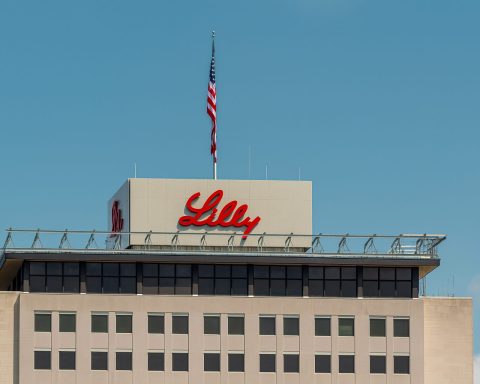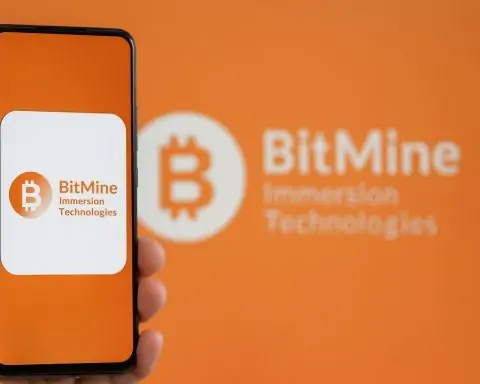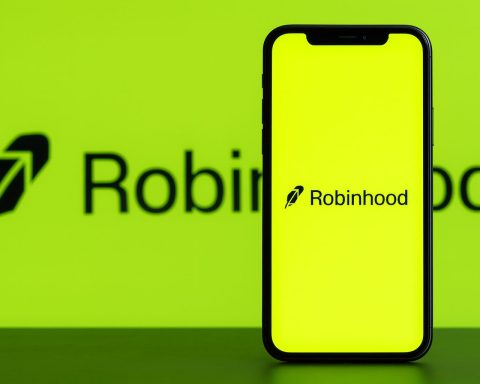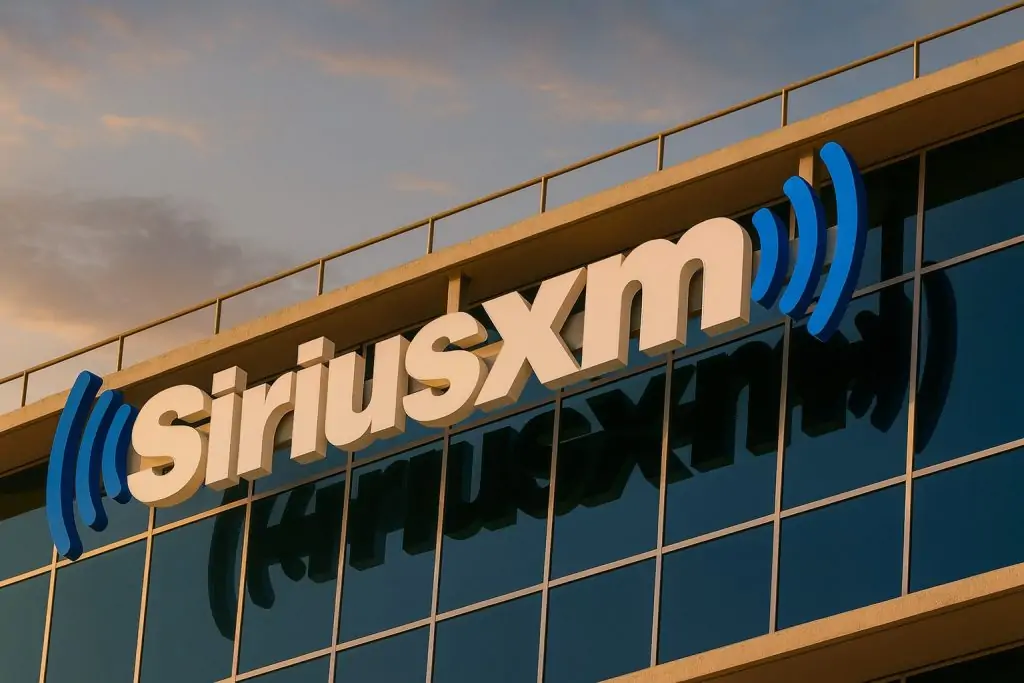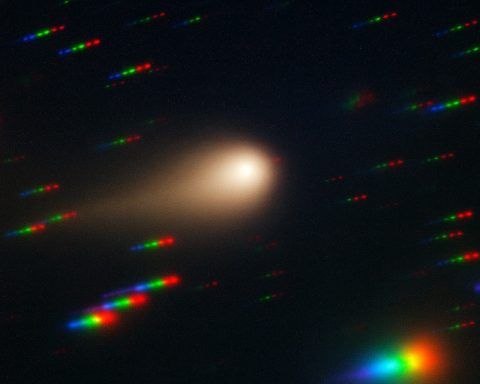New research suggests kissing began with ancient apes, long before Homo sapiens evolved – and that Neanderthals almost certainly locked lips too.
A 21‑Million‑Year‑Old Love Story
Your “first kiss” suddenly feels very recent.
A new evolutionary study has traced the origins of kissing back at least 16.9–21.5 million years, to the common ancestor of today’s great apes. That means the behavior predates Homo sapiens by tens of millions of years and likely appeared when our lineage was still a tree‑dwelling ape somewhere in the Miocene. [1]
The work, led by Matilda Brindle of the University of Oxford and colleagues at the Florida Institute of Technology, has just been published in the journal Evolution and Human Behavior under the title “A comparative approach to the evolution of kissing.” [2]
By combining behavioral reports from living primates with sophisticated evolutionary modeling, the team concludes that:
- Kissing is an ancestral trait in the great apes (a group that includes humans, chimpanzees, bonobos, gorillas and orangutans). [3]
- The most likely window for its origin is 21.5–16.9 million years ago. [4]
- There is an 84% probability that Neanderthals kissed – and strong evidence that they sometimes kissed us. [5]
In other words, the “world’s first kiss” almost certainly wasn’t shared by two humans at all.
How Do You Study a Behavior That Leaves No Fossils?
Because kisses don’t fossilize, the team had to get creative.
Researchers first needed a definition of kissing that could apply to humans, apes and other animals. They settled on what is essentially gentle, non‑aggressive mouth‑to‑mouth contact with no food being passed, allowing for slight movement of lips or mouthparts. [6]
That umbrella covers a lot:
- romantic or sexual kisses
- comforting kisses between relatives
- reconciliation kisses after a fight (common in chimpanzees and bonobos)
- brief pecks that seem more like friendship than passion
Armed with this definition, the team:
- Scoured scientific literature and video records for every documented case of kiss‑like behavior in Afro‑Eurasian monkeys and apes. [7]
- Marked each species as “kissing observed” or “no kissing observed.”
- Mapped those data onto the primate family tree.
- Used Bayesian phylogenetic models, running around 10 million simulations, to estimate where and when the trait most likely emerged. [8]
They found kiss‑like behavior in:
- Humans
- Chimpanzees
- Bonobos
- Orangutans
- At least one gorilla species
But not in gibbons (the “lesser apes”) and not in many monkey species where data are sparse. [9]
Given that pattern, the simplest explanation is that a single ancestor of all living great apes already kissed, and that most of its descendants kept the habit.
Enter Neanderthals: Did Ancient Humans Kiss Each Other?
Once kissing is placed firmly in the great ape lineage, Neanderthals become hard to ignore.
Using the same evolutionary tree, the study estimates an 84.3% probability that Neanderthals engaged in kissing. [10]
That statistical result dovetails with other strands of evidence:
- Genetics: Modern non‑African humans carry around 1–2% Neanderthal DNA, proof of repeated interbreeding between the species. [11]
- Oral microbes: DNA from fossil dental plaque shows that humans and Neanderthals shared strains of the mouth microbe Methanobrevibacter oralis until roughly 112,000–143,000 years ago, long after our lineages diverged. This strongly implies repeated saliva exchange. [12]
Put together, that suggests not only that Neanderthals kissed each other, but that humans and Neanderthals sometimes kissed one another during intimate encounters.
Some coverage has even speculated that kisses might have helped Neanderthals stay warm in Ice Age Europe, though that’s firmly in the “romantic theory” category rather than a testable fact. [13]
Not Just Humans: Kissing Across the Animal Kingdom
If you thought kissing was a uniquely human quirk, this study says otherwise – and today’s reporting has been full of animal examples.
Primatologists have long watched bonobos swap intense, full‑mouth kisses during sexual encounters or peaceful bonding. Chimpanzees, by contrast, tend to share briefer, more tense pecks, often after a fight – literally “kissing and making up.” Orangutans have been seen gently pressing their lips to partners’ or offspring’s mouths. [14]
Beyond primates, researchers and journalists highlight kiss‑like behaviors in:
- Polar bears nuzzling and mouth‑touching
- Wolves greeting pack‑mates with muzzle‑to‑muzzle contact
- Prairie dogs and some birds performing beak‑to‑beak or nose‑to‑nose touches that resemble kisses [15]
The new study doesn’t formally model all those species, but the examples reinforce a central point: mouth‑to‑mouth affection is widespread in nature, even if it takes many forms.
So Why Do We Kiss at All?
That’s still the big mystery – and the new paper only touches it indirectly.
Scientists have floated several overlapping hypotheses:
- Mate assessment: Kissing brings noses and mouths close enough to sample scent and taste cues linked to immune genes, hormones and health, perhaps helping us judge whether a partner is biologically compatible. [16]
- Bonding and stress relief: Oxytocin (“the bonding hormone”) and other feel‑good chemicals can spike during affectionate touch, potentially strengthening pair bonds or alliances. [17]
- Conflict resolution: In apes like chimpanzees and bonobos, kisses often follow fights, functioning as a social glue to repair damaged relationships. [18]
- Food‑sharing origins: Many species (including humans in some contexts) practice premastication – chewing food and passing it mouth‑to‑mouth. Because every primate species observed kissing also does premastication, some researchers think kisses may have evolved from this maternal or caretaking behavior. [19]
The new evolutionary analysis doesn’t choose among these ideas. Instead, it shows that whatever kissing is “for,” it has been stable enough to persist in our lineage for over 20 million years, which argues against it being a trivial cultural fad.
A Habit Older Than Humanity – But Not Universal
One of the most surprising facts buried in today’s coverage is that romantic mouth‑to‑mouth kissing isn’t universal in humans.
A landmark 2015 cross‑cultural study, cited in both the Washington Post and Scientific American, found romantic‑sexual kissing in only about 46% of documented cultures. [20]
In many societies, couples express affection in entirely different ways – by:
- pressing faces or foreheads
- rubbing noses
- sharing breath
- touching or holding in culturally specific patterns
That raises a thorny question: if kissing is an ancient evolved behavior, why do so many human cultures not do it?
Some anthropologists argue that if kissing were crucial for reproduction or mate choice, it would appear everywhere; its patchy distribution suggests a stronger role for local tradition and social learning. Others counter that evolved behaviors can still be shaped, amplified or suppressed by culture – especially behaviors that serve multiple social functions rather than a single biological one. [21]
The new study doesn’t resolve that debate, but it gives it a much deeper timeline.
How Strong Is the Evidence?
No matter how many headlines shout “first kiss 21 million years ago,” the authors and outside experts are careful about the limits of their work.
What the study does well
- Uses large‑scale comparative methods that are standard in evolutionary biology to infer ancestral traits from living species.
- Runs models millions of times on many slightly different evolutionary trees, making the result statistically robust rather than a one‑off guess. [22]
- Shows that kissing has a strong phylogenetic signal in Afro‑Eurasian monkeys and apes – it clusters in closely related species, which is exactly what you’d expect if it were inherited. [23]
Where the uncertainties lie
- Data gaps: Many primate species are poorly studied. “No kissing observed” doesn’t necessarily mean “no kissing ever,” just that nobody has published it. [24]
- Definition creep: Some scientists argue the definition of kissing used in the study – essentially “mouth‑to‑mouth touching without aggression or food” – may lump together behaviors that don’t feel equivalent across species. [25]
- Human vs. ape kissing: Anthropologists such as Robin Dunbar have questioned whether a chimpanzee peck on the lips and a human French kiss really belong under one label, given their very different emotional and cultural contexts. [26]
Even Brindle and colleagues describe their paper as a starting point – a framework for future fieldwork on primate affection and for more nuanced questions, such as whether sexual and non‑sexual kisses share the same evolutionary roots. [27]
Today’s Global Coverage: From Neanderthals to Newsfeeds
On 20 November 2025, the “21‑million‑year‑old kiss” story has exploded across news sites, feeds and Google Discover.
Among the outlets spotlighting the research:
- The Washington Post asks, “When was the first kiss?” and walks readers through the evolutionary puzzle of a risky behavior that doesn’t obviously help us survive. [28]
- ABC News frames the research as a “21‑million‑year‑old smooch,” highlighting how the analysis suggests humans and Neanderthals probably swapped kisses as well as genes. [29]
- El País (English edition) emphasizes the 21‑million‑year timeline and the 84% probability that Neanderthals kissed, weaving in details about shared oral microbes. [30]
- Scientific American explores why kissing is surprisingly rare across cultures and how premastication could be a precursor to romantic smooching. [31]
- Wire reports from Reuters, the BBC, and others have been syndicated across platforms from AOL and Yahoo News to local outlets, giving the study truly global reach. [32]
The story has also inspired explainers on art sites, opinion pieces about romance and evolution, and even Chinese‑language coverage compiling sources from Oxford, Reuters and the Washington Post. [33]
In short: your news feed is kissing‑obsessed today because the study offers a perfect blend of science, romance and deep time.
What This Changes About How We See Ourselves
For decades, popular culture has painted Neanderthals as brutish, unfeeling “cave men.” The new research joins a growing body of work suggesting they:
- cared for sick and injured individuals
- made art and used pigments
- interbred – and, very likely, shared tender physical affection, including kisses [34]
And for humans today, the study delivers a humbling message. Kissing may feel personal, poetic, even uniquely ours, but it may actually be as ancient and animal as grooming, play or parental care.
Whether you’re a hopeless romantic or someone who’d rather skip the PDA, the data suggest that every kiss carries a faint echo of:
- Miocene apes testing bonds in the treetops
- Ice Age Neanderthals huddling together against the cold
- Early Homo sapiens meeting their cousins – sometimes in ways that left both DNA and bacteria behind
As the authors and commentators keep stressing, there is still a lot we don’t know. But on the evidence available, one thing seems clear:
When we kiss, we’re not just expressing love in the moment – we’re participating in a 21‑million‑year‑old primate tradition.
References
1. www.sci.news, 2. www.sciencedirect.com, 3. www.sci.news, 4. www.livescience.com, 5. english.elpais.com, 6. abcnews.go.com, 7. www.sci.news, 8. www.sci.news, 9. www.washingtonpost.com, 10. english.elpais.com, 11. www.washingtonpost.com, 12. english.elpais.com, 13. www.sciencealert.com, 14. english.elpais.com, 15. english.elpais.com, 16. www.washingtonpost.com, 17. phys.org, 18. www.scientificamerican.com, 19. www.scientificamerican.com, 20. www.washingtonpost.com, 21. www.washingtonpost.com, 22. www.sci.news, 23. abcnews.go.com, 24. www.washingtonpost.com, 25. www.washingtonpost.com, 26. www.washingtonpost.com, 27. www.scientificamerican.com, 28. www.washingtonpost.com, 29. abcnews.go.com, 30. english.elpais.com, 31. www.scientificamerican.com, 32. www.reuters.com, 33. artdependence.com, 34. english.elpais.com


